Stephen Cone from the University of North Carolina, Chapel Hill presented on mangrove systems and restoration work that was done on Eleuthera, The Bahamas with assistance from the Cape Eleuthera Institute (Photo1). Stephen spoke primarily on the types of mangroves found in The Bahamas and other parts of the world including red, black, and white mangroves as well as buttonwood. Mangroves play a critical role in providing habitat, feeding, and nursery areas for various animal species (e.g., commercial fisheries), coastal protection, and carbon sequestration which ultimately sustains human livelihoods (Photo 2). Threats impacting mangroves include the removal of mangroves for development, pollution, and climate change.
Photo 1. Stephen Cone, student at University of North Carolina in Chapel Hill presenting at the Abaco Science Alliance conference on Marsh Harbour, Abaco, January 18. 2014. Photo taken by Felicity Burrows, The Nature Conservancy.
Recognizing the vital importance of mangroves and the threats to these systems, the Mangrove Action Plan aim to preserve and restore these systems. Some of the activities performed are:
- Informing the public of the threats to, and benefits of mangroves
- Using the results of data collected on mangrove systems to develop outreach and education materials
- Encouraging public participation in mangrove related initiatives
- Conducting rapid ecological assessments that provide a “snapshot” of the current conditions of mangroves
- Restoring mangroves. These efforts involve assessing what modifications to the natural system are required including improving local hydrology if needed, designing the restoration strategy, and commencing the restoration work. During this process, information on mangrove ecology and the benefits of restoration are communicated to communities. The restoration method used in this project are “cultivator pots.” The pots help to support the propagules as they establish themselves, provides protection against wave action and debris, and provides a secure environment for roots to develop. This method has proven to be successful at the restoration sites chosen and can be adopted for use in other areas of the Bahamas.
Photo 2. Red Mangroves in Central Eleuthera, The Bahamas. Photo taken by Felicity Burrows, The Nature Conservancy.
To learn more about this restoration effort, feel free to contact the Cape Eleuthera Institute Research Center, info@ceibahamas.org or 242.334.8552

